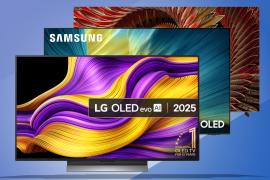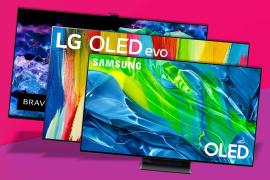Panasonic GH5 vs Sony A7S II: which 4K camera is for you?
Time to smash open the piggy bank for a 4K snapper, but which one?
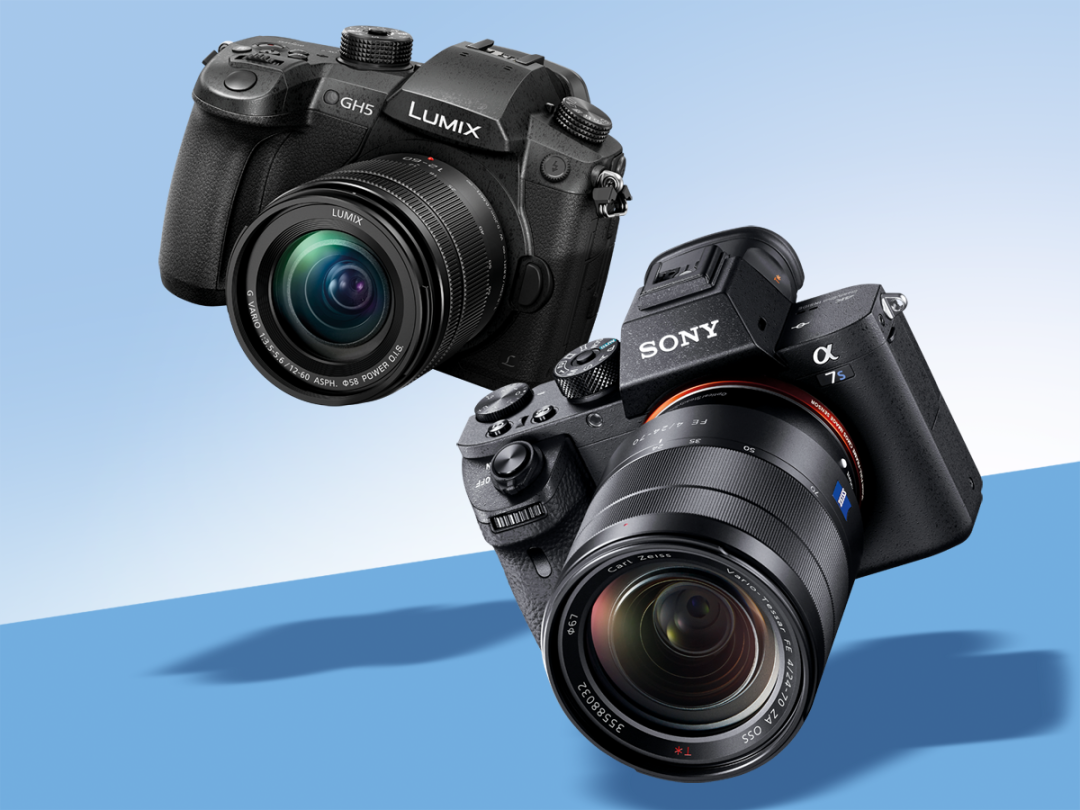
Amateur filmmakers no longer need a big, dedicated 8mm film camera to create their budget horror classic – today’s DSLRs are more than capable of shooting pro-quality video.
The Spielberg and Lucas of this world, battling it out for movie supremacy, are the frssh-faced Panasonic GH5 and the older, more experienced Sony A7S II.
Both manage to offer 4K video, despite being incredibly portable compact system cameras. But which should be movie-recording sidekick? Let’s find out…
Panasonic Lumix GH5 (£1699, body-only)
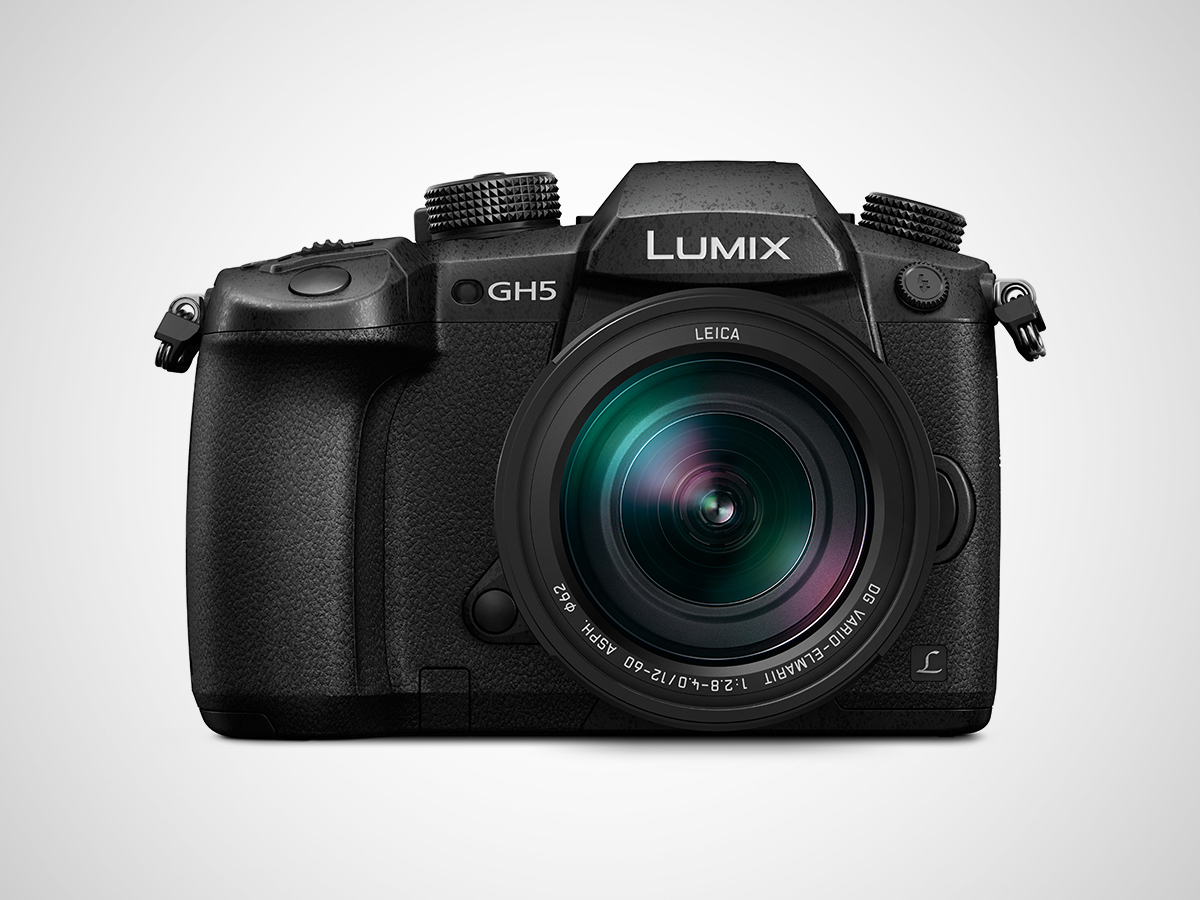
What’s the story?
The new top dog in Panasonic’s Lumix G range, this is the first compact system camera that can record 4K footage at 60fps. First isn’t necessarily always the best, but it’s one up on the Sony’s 30fps maximum at this resolution.
What’s more, at £1699 you’re paying a lot less for 4K if you side with the Lumix instead of the Sony. And that’s not to say Panasonic’s flagship compact is only good for video – it has plenty of other fine specs. The OLED viewfinder is gorgeous and the tilt-and-swivel screen is touch-sensitive, so you can use it as another way to tweak the many, many controls.
Is it any good?
The GH5’s 4K footage looks glorious, especially in good lighting. It delivers astoundingly rich detail and clean colours, while that higher frame-rate means you can pan more smoothly with less judder. Plus you can record in HDR and then watch the eye-poppingly realistic footage back on your HDR telly.
The GH5’s only weakness – and it’s a minor one – is its middling performance in bad light. We wouldn’t recommend it over the Sony if low-light performance is your primary concern, but it’ll hold its own in a dimly lit pub.
In all other respects – build quality, control layout, autofocus, usability and image quality – it’s a fantastic camera, and those enthusiasts who prize creative control and flexibility will adore it.
Special skill: Freeze frame
Working in tandem with a super-fast autofocus system is the Lumix GH5’s ‘6K Photo’ mode, a higher-resolution version of the 4K Photo talents seen on lesser Panasonic CSCs. Flip it on and you can record what’s essentially a 30fps video and extract any frame you like to use as an 18MP still.
Time to 4K out? › Read our full Panasonic GH5 review
Stuff says: ★★★★★
A mighty CSC all-rounder with fantastic video performance
Specs
Sensor 20.3MP Micro Four Thirds MOS
ISO range 200-25,600
Video 4K video @ 60fps
Viewfinder OLED EVF and 3.2in LCD screen
Dimensions/weight 139x87x98mm, 725g
Sony A7S II (£2499, body-only)
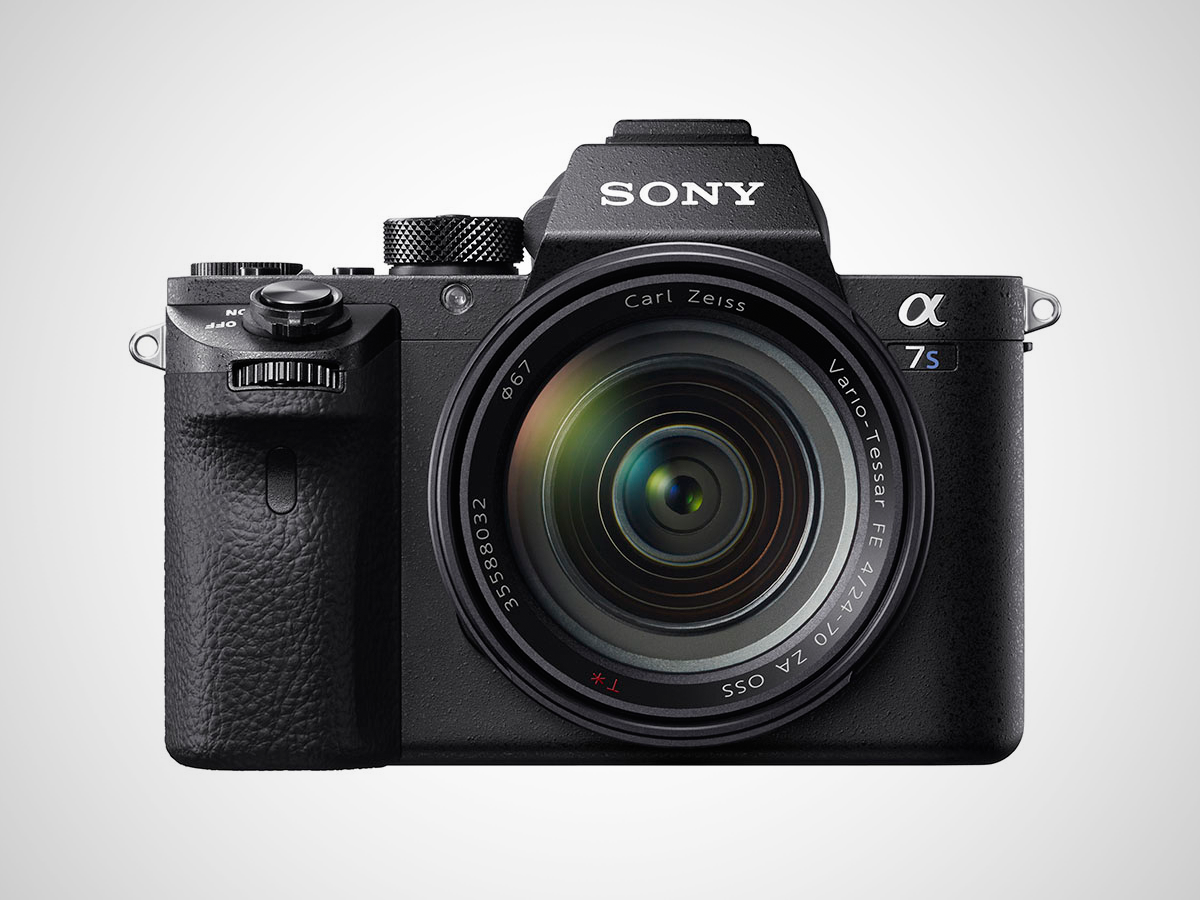
What’s the story?
Amateur filmmakers take note: the A7S II could very well be the next camera you’re lusting after. Like the original A7S, it’s a variant of the full-frame A7 with a focus on offering outstanding performance in two key areas: low-light photography and 4K video.
It certainly should have an edge over the Lumix in low light because of its massive sensitivity range – 100 to 409,600 equivalent – which absolutely dwarfs the Lumix GH5’s. Like the Panasonic it has five-axis image stabilisation, and this is an extremely well built compact camera… as it should be for two and a half grand.
Is it any good?
With a reasonably fast lens attached you can snap away in anything but total darkness without worrying about the results being a grainy mess. In this aspect, the GH5 just cannot compete.
That stellar low-light performance extends to video too – it may not be able to manage 4K at 60fps but the A7S II is a superb video camera. It uses the XAVC S codec, which requires a fast SD card but supports a bitrate of up to 100Mbps. That’s a lot of data, and it means 4K videos look incredibly rich and smooth.
If you’re looking for a compact system camera that offers class-leading low-light performance and professional-quality 4K video, and if you can afford it, Sony’s is still the one to get.
Special skill: Shot in the dark
There’s a full-frame sensor in this Sony: a 12.2MP Exmor CMOS. If that doesn’t sound like many megapixels compared with the A7 II’s 24.3MP or the A7R II’s 42.4MP, look at it this way: all three cameras’ sensors are physically the same size, so each of the A7S II’s sensor pixels is absolutely huge compared to those of its counterparts. That’s a key part of this camera’s ace performance in low light.
Movie master › Read our full Sony A7S II review
Stuff says: ★★★★★
The A7S delivers top-class low-light and video performance
Specs
Sensor 2.2MP full-frame Exmor CMOS
ISO range 100 to 409,600
Video 4K video @ 30fps, 1080p @ 60fps
Viewfinder OLED EVF and 3in LCD screen
Dimensions/weight 127x96x60mm, 627g
Test winner: Sony A7S II
Both of these cameras are five star powerhouses with excellent 4K video. Your decision comes down to two things: budget, and your need for low-light performance.
At the time of writing, the GH5 is £800 less than its Sony rival, and actually edges it in some key areas – it’s able to record in HDR as well as 4K at 60fps.
But for all-round video performance, particularly in low light thanks to its full-frame sensor, the Sony A7S II is still our choice for pro-quality 4K video.

